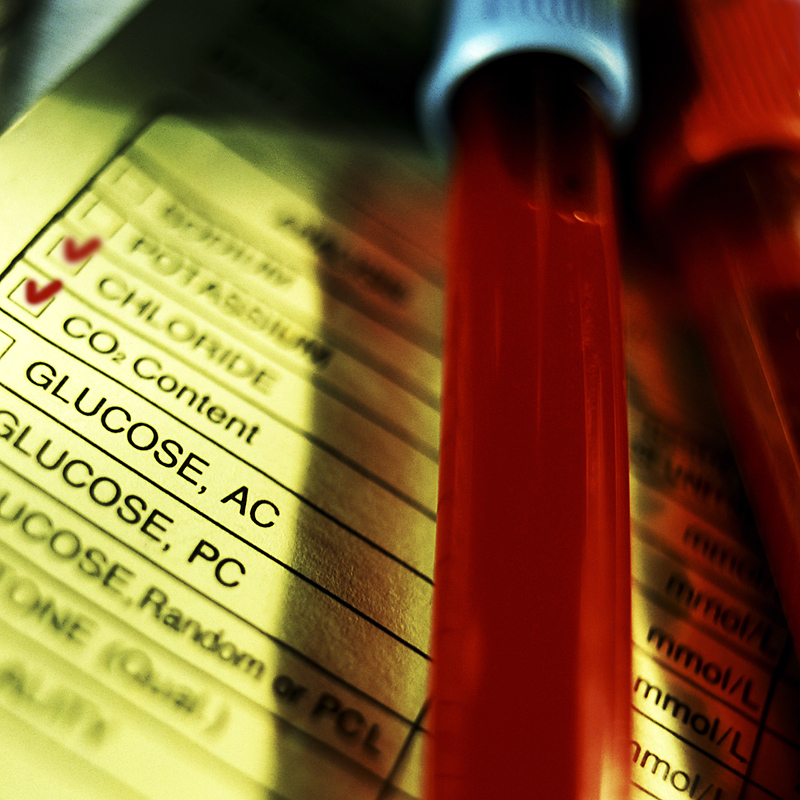
THURSDAY, Sept. 6 (HealthDay News) — Screening for high blood cholesterol among U.S. adults increased significantly from 2005 to 2009, but younger Americans, less-educated adults and Hispanics are still less likely than others to undergo testing, according to a new study.
Researchers from the U.S. Centers for Disease Control and Prevention also found that in 2009 only nine states achieved the CDC’s “Healthy People 2010” target, which called for blood cholesterol screening by 80 percent of the population in the preceding five years.
High blood cholesterol is a major risk factor for the development of hardening of the arteries and coronary heart disease. This risk can be reduced by a blood test to screen for high blood cholesterol and treatment to lower it.
“Clearly, we have more work to do, with greater outreach and education, to make all Americans understand the importance of knowing their cholesterol numbers,” said Dr. Suzanne Steinbaum, a preventive cardiologist at Lenox Hill Hospital in New York City.
The study findings can help state and national health officials direct screening toward at-risk groups, the researchers said.
In this study, CDC researchers analyzed national data from the Behavioral Risk Factor Surveillance System in order to assess recent trends in cholesterol screening and awareness of high cholesterol among adults 18 and older.
The overall percentage of adults who said they had been screened for high blood cholesterol during the previous five years increased from 72.7 percent in 2005 to 76 percent in 2009.
Further investigation revealed that the percentage of people screened for high blood cholesterol in 2009 was much higher in some groups than in others: people ages 45 to 64 (88.8 percent) and those 65 and older (94.7 percent) compared with adults ages 18 to 44 (63.2 percent); women (77.6 percent) compared with men (74.5 percent); blacks (77.6 percent), whites (77.3 percent), and Asian/Pacific Islanders (77.2 percent) compared with Hispanics (69.2 percent); and those with some college (77.5 percent) and a college degree or higher (83 percent) compared with those with a high school diploma (71 percent) and less than a high school diploma (61.4 percent).
Geographically, the percentage of people screened for high blood cholesterol in 2009 ranged from 84.5 percent in Washington, D.C. to 67.7 percent in Idaho.
The Healthy People 2020 target for cholesterol screening is 82 percent.
From 2005 to 2009, the percentage of people screened for high blood cholesterol increased significantly in most states. Only two states (Missouri and South Carolina) showed a decrease, but neither difference was statistically significant. Sixteen states showed no significant change in the percentage screened. In general, screening rates were higher in eastern states than western states.
Among people who had been screened within the previous five years, the percentage who were told that their blood cholesterol was high increased from 33.2 percent in 2005 to 35 percent in 2009.
Rates of high blood cholesterol were much higher among people 65 and older (54.4 percent) than among those ages 18 to 44 (23.7 percent) and those ages 45 to 64 (46.1 percent); in men (37.5 percent) than in women (32.6 percent); among Hispanics (36.3 percent) and Asian/Pacific Islanders (37.5 percent) than among blacks (33.1 percent); and among those with less than a high school diploma (39.9 percent) compared with those with some college (35.2 percent) and a college degree or higher (33.2 percent).
By state, rates of high blood cholesterol in 2009 ranged from 30.5 percent in New Mexico to 38.8 percent in Texas. Between 2005 and 2009, about one-third of states showed a significant increase in the percentage of people with high blood cholesterol.
The study appears in the Sept. 7 issue of the Morbidity and Mortality Weekly Report, published by the CDC.
Dr. Kenneth Ong, acting chair of the department of medicine and cardiology at The Brooklyn Hospital Center, said the findings are encouraging.
He noted that a task force of the American Heart Association has set a 2020 target of improving the cardiovascular health of all Americans by 20 percent while reducing cardiovascular and stroke-related deaths by 20 percent.
“There are other health factors to be considered, but I believe we are headed in the right direction,” he said. “This report also highlights specific populations that we could focus on, such as the younger population, those of Hispanic ethnicity, and those who have not attained a high school-level of education.”
What’s lacking, Ong said, “is what is not reported — whether those who have elevated cholesterol levels are being treated and the percent of them who achieve target levels after treatment.”
More information
The U.S. National Heart, Lung, and Blood Institute has more about cholesterol.

